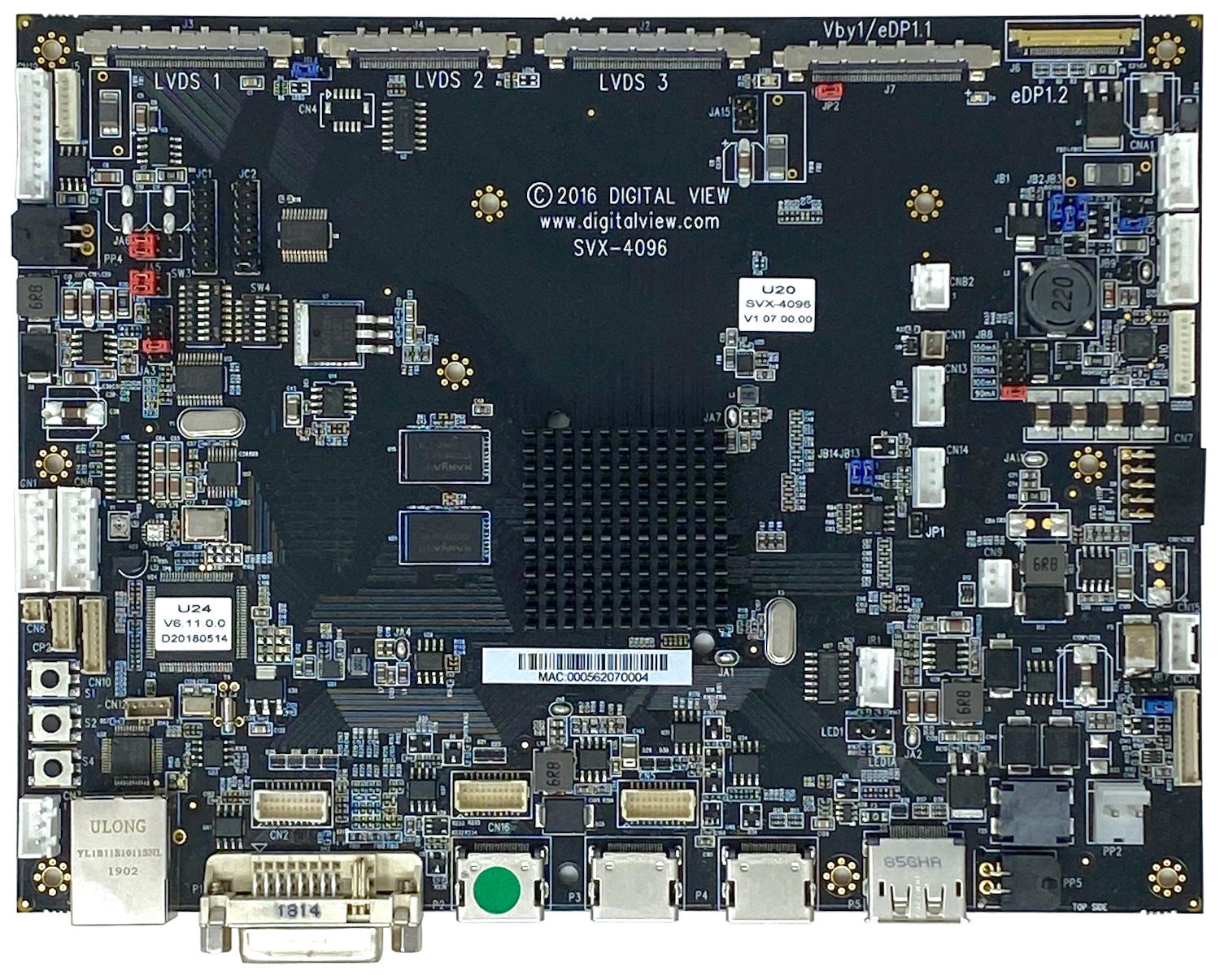Digital View - Enabling Digital Displays

Over the past nearly 30 years, as the major electronics companies evolved the consumer LCD TV market, Digital View has played a key role enabling the commercial and industrial display market with its LCD controllers.
Since 1995
Digital View, founded in March 1995 in England and Hong Kong by James Henry and Richard Cobbold, expanded to California within a year. Over its 28-year history, the company has remained at the forefront of LCD display technology, providing highly reliable controller and interface electronics that enable LCD monitors and video displays for non-consumer applications.
Early Days
In the early days of the company, the LCD landscape was very different. The highest resolution available for production LCD panels was about 1024x768, with 640x480 still being prevalent. Panel interfaces were TTL, sizes were generally less than 20" diagonal, and the standard aspect ratio was 4:3. Typical input signals included Composite Video (PAL, NTSC, SECAM) or ARGB, commonly referred to as VGA. Despite the existence of a digital standard, SDI, since 1990, analog Component remained widely used in the professional video market.
Growth and Evolution
The industry saw significant changes with the broadcast market adopting HD-SDI in 1998 and the introduction of DVI in 1999 for the consumer market. HDMI products emerged in late 2003, followed by DisplayPort's release in 2006. Digital View was agile in responding to these trends, introducing controllers to match these standards, allowing the commercial market to develop niche display products.
Today's Landscape
29 years later, in 2024, LCD panel technology for the non-consumer market has advanced significantly. Resolutions up to 3840x2160 (usually referred to as Ultra-HD or 4K) are common and 8K is available. Common panel interfaces include LVDS, eDP, and V-by-One, with sizes up to 110" diagonal. The predominant aspect ratio is 16:9, but 16:10 and 4:3 remain available, along with super-wide models. An emerging trend is the creation of native "banner" panels in various resolutions and sizes, departing from the previous practice of cutting standard panels. Digital View continues to support all these innovations, reflecting its enduring commitment to technological excellence.
Explore some of our web pages:
• Digital View Home Page
• Summary of Digital View controller boards
• Controller Solution Generator matching displays with controller boards
Products
Tracking the developments in the LCD panel technology and the release of video signal standards Digital View has released an average of 3 new models a year while also maintaining a long product lifecycle. To provide display system developers with the easiest route to making a finished product we sought to provide flexibility both for the input signals and the output panel support with our multi-panel functionality.
In addition, to further enhance the capabilities of finished displays we added RS-232 command support followed by Ethernet connectivity. This was complemented by a range of accessories that included the basics such as the on-screen menu function buttons and various cables as well as more application specific functions such as display monitoring for the digital signage market.
For display systems to be used in harsher environments, complementary versions were released with higher spec components, physical modification and conformal coatings. A controller product summary is available here and we cover many topical issues on the Digital View Blog here.
